Temples in the Cliffside: Buddhist Art in Sichuan Hardcover – December 29, 2021 by Sonya S. Lee
Hardcover
[328 Pages]
PUB :December 29, 2021
Description
Author: Lee Sonya S.
Package Dimensions: 0x254x788
Number Of Pages: 328
Release Date: 29-12-2021
Details: Product Description
At sixty-two meters the Leshan Buddha in southwest China is the world’s tallest premodern statue. Carved out of a riverside cliff in the eighth century, it has evolved from a religious center to a UNESCO World Heritage Site and popular tourist destination. But this Buddha does not stand alone: Sichuan is home to many cave temples with such monumental sculptures, part of a centuries-long tradition of art-making intricately tied to how local inhabitants made use of their natural resources with purpose and creativity. These examples of art embedded in nature have altered landscapes and have influenced the behaviors, values, and worldviews of users through multiple cycles of revival, restoration, and recreation. As hybrid spaces that are at once natural and artificial, they embody the interaction of art and the environment over a long period of time.
This far-ranging study of cave temples in Sichuan shows that they are part of the world’s sustainable future, as their continued presence is a reminder of the urgency to preserve culture as part of today’s response to climate change. Temples in the Cliffside brings art history into close dialogue with current discourse on environmental issues and contributes to a new understanding of the ecological impact of artistic monuments.
Review
The first book to systematically bring together scholarship on the Buddhist art, heritage management, and environmental histories of China. By emphasizing and synthesizing different modalities of imagining cave architecture, Lee offers a novel approach to the study of space and place. — Sugata Ray, author of Climate Change and the Art of Devotion: Geoaesthetics in the Land of Krishna, 1550?1850
By situating her study of cave temples in relation to questions of environmentality and sustainability Sonya Lee takes the study of Buddhist art and its entanglements with society and the natural world to a whole new level. Indeed, her work compels us to reimagine the meaning and nature of art during not only the long durée, but also as we go further into the Anthropocene. — Johan Elverskog, author of The Buddha?s Footprint: An Environmental History of Asia
In Temples in the Cliffside, Sonya S. Lee achieves something remarkable: she transforms the historical study of Chinese Buddhist art into a powerful means of addressing the most pressing global concern of the present?ecological sustainability. Weaving together religious studies, environmental history, heritage studies, and more, Lee proposes a compelling approach to art history and provocative interpretations of well-known sites, all of which are sure to spur productive debate for years to come — Phillip E. Bloom, The Huntington Library, Art Museum, and Botanical Gardens
Impeccably researched yet immensely readable, Sonya Lee?s creative study of the rock-cut art of Buddhist sites in Sichuan ranges across time and discipline to demonstrate how the past lives in multiple presents of human engagement with the environment. The book is a masterful display of interdisciplinary scholarship and a timely model of ecological art history with ramifications that extend far beyond China?s past. — Peter Sturman, University of California, Santa Barbara
Book Description
Centuries of monumental sculpture, embedded in the landscape
About the Author
Sonya S. Lee is associate professor of Chinese art and visual cultures at the University of Southern California and author of Surviving Nirvana: Death of the Buddha in Chinese Visual Culture.
Be the first to review “Temples in the Cliffside: Buddhist Art in Sichuan Hardcover – December 29, 2021 by Sonya S. Lee”
You must be <a href="https://webdelico.com/my-account/">logged in</a> to post a review.


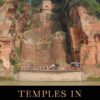
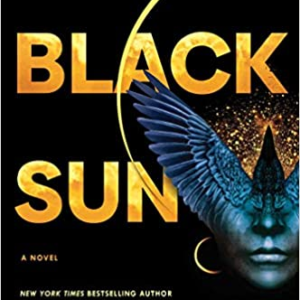


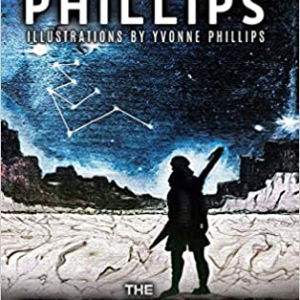





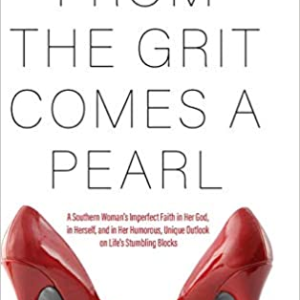



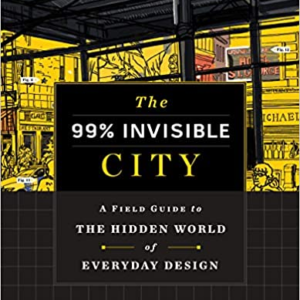











There are no reviews yet.